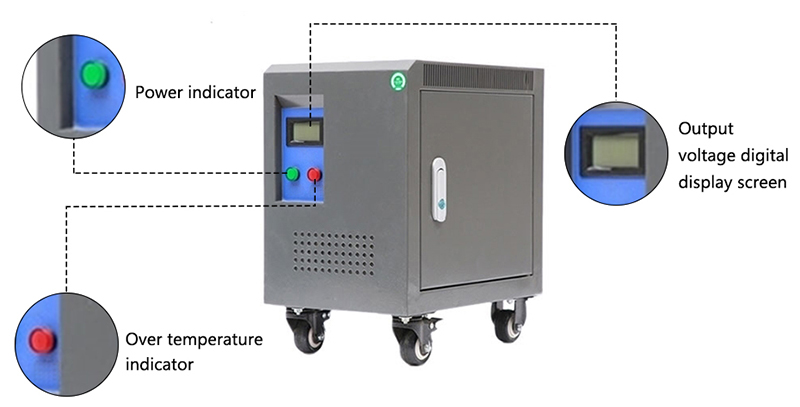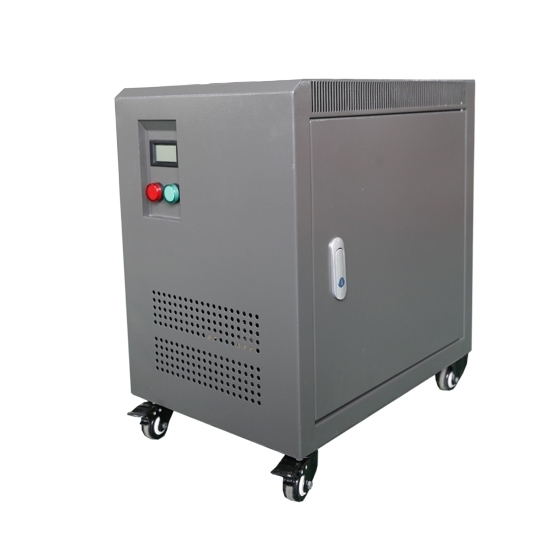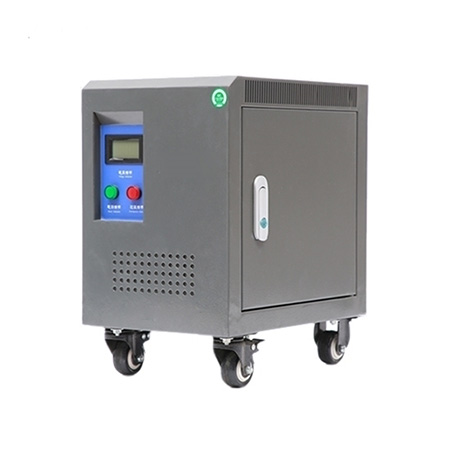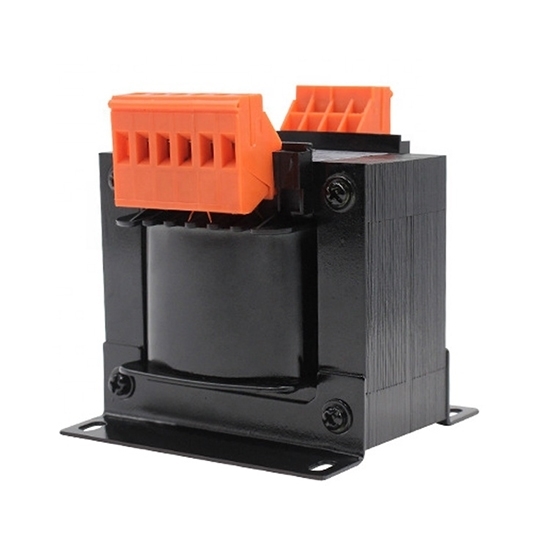Split Phase Isolation Transformer, 1 kVA to 30 kVA
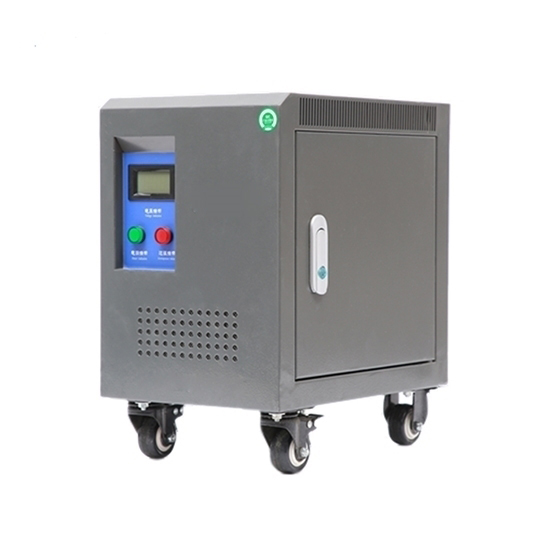
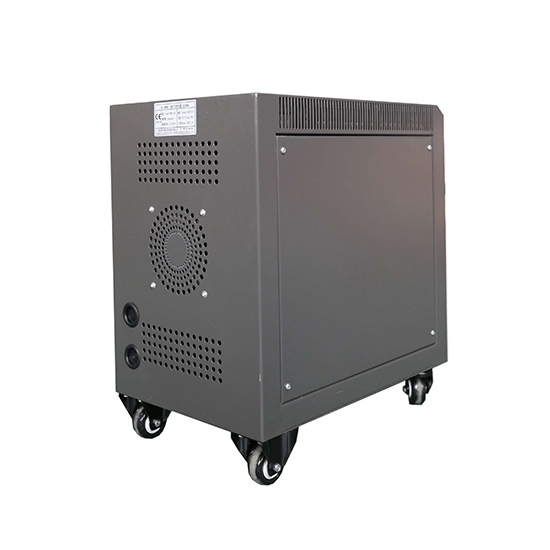
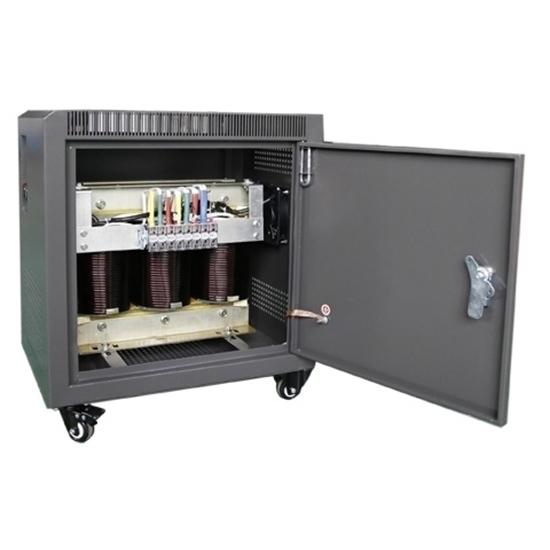
We are committed to producing high-quality split-phase isolation transformers with a capacity range up to 30KVA. Split-phase isolation transformers undergo strict quality control and testing to ensure compliance with international standards and specifications. Whether used for power transmission and distribution, or powering electronic equipment, our split-phase transformers provide a stable and reliable energy conversion solution.
Specification
| Model | ATO-DGS |
| Phase | Single phase to split phase |
| Capacity | 1 kVA to 30 kVA (customized) |
| Primary Voltage | 1 Phase / 2 phase 110 to 480V (customized) |
| Secondary Voltage | 110V-480V (customized) |
| Frequency | 50/60Hz |
| Winding Material | Aluminum/copper wire (customized) |
| Work Efficiency | ≥95% |
| Insulation Resistance | ≥50 MΩ |
| Electrical Strength | 2000V AC/1 min |
| Noise | ≤35dB (1 meter) |
| Insulation Grade | Grade B (130℃), Grade F (155℃), Grade H (180℃) |
| Cooling Method | Natural or air cooling |
(Note: If you want to know more about split phase isolation transformer specification, please check in catalogue.)
Schematic Diagram
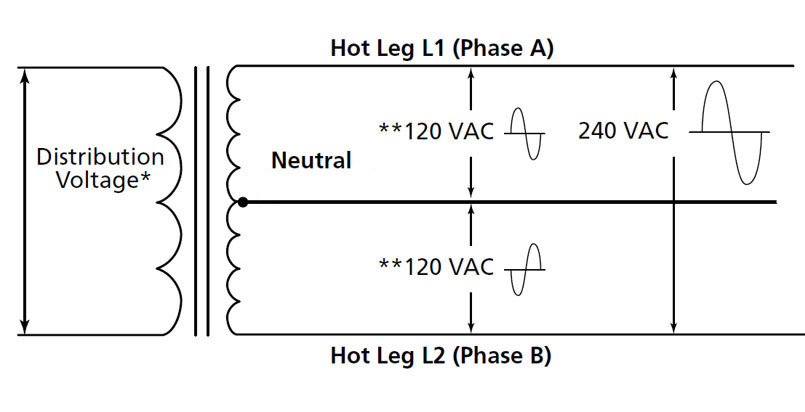
Dimension
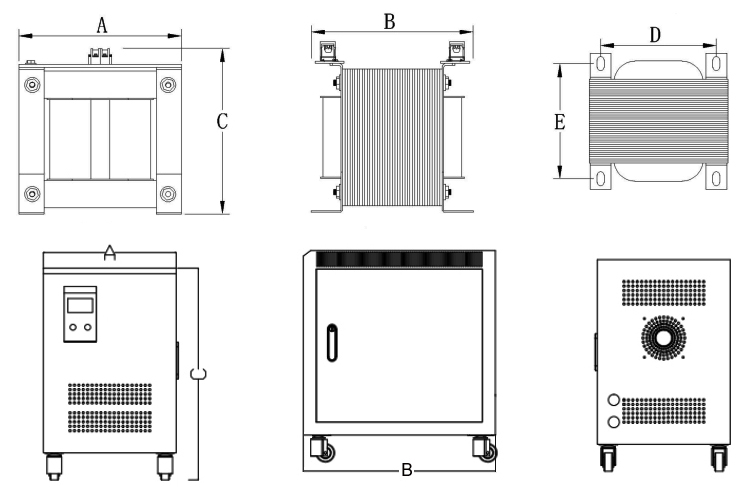
Aluminium Wire Transformer Size
- Open type: a*b*c=240*240*260mm
- Mouting size: D*E=180*170mm (aperture: 20*10mm)
- Protected type: A*B*C=300*440*500mm
Copper Wire Transformer Size
- Open type: a*b*c=240*230*260mm
- Mouting size: 180*160mm (aperture: 20*10mm)
- Protected type: A*B*C=380*530*560mm
Advantages


Quality Assurance

Excellent Material

Fast Delivery

Multiple Models

Great Service
Split Phase Isolation Transformer Features
- Scientific and reasonable design, the voltage variation rate is controlled within 1-1.5%.
- Split phase isolation transformer is made of high quality new silicon steel sheet, which can effectively reduce iron loss and improve efficiency.
- The transformer is made of high temperature resistance and high quality wire, which greatly improves efficiency.
- Class H insulation, high temperature resistant insulation material, improves the high pressure strength, prolongs the service life.
- The isolation transformer has beautiful appearance design, large power density, small volume and high space utilization rate.
